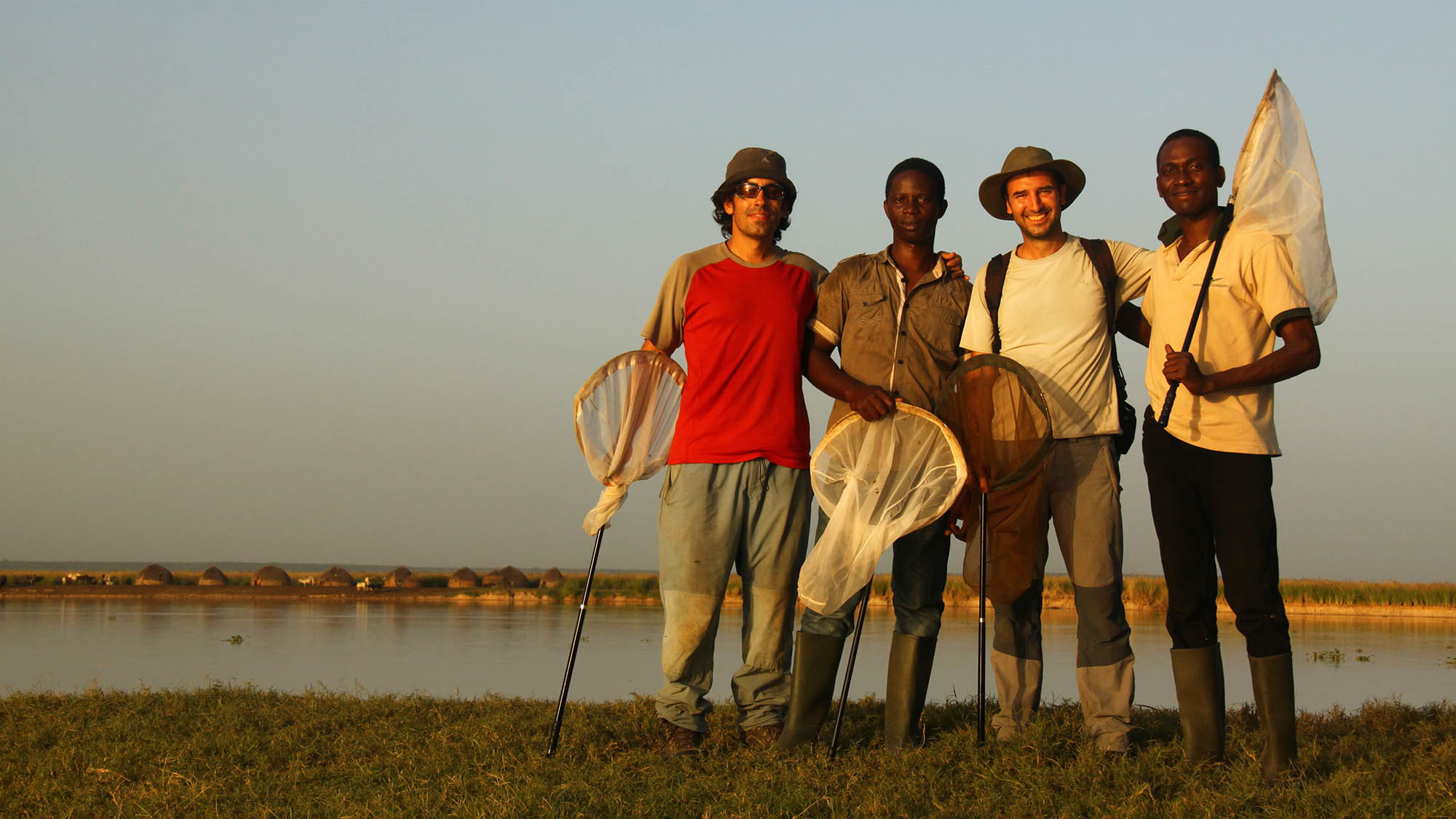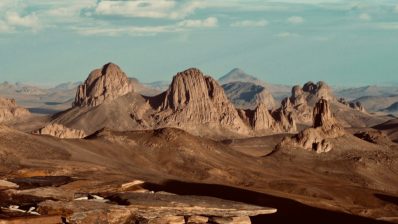The painted lady butterfly, Vanessa cardui, seeks “eternal spring” and so it migrates in an attempt to find the optimal conditions to complete its life cycle. Until recently, this butterfly was known to inhabit Europe during the summer and spring, but in colder seasons it would migrate to Africa. And although there were indications of its presence in Morocco, the logistical complexity of monitoring the journey of such small organisms meant that it was not known exactly where they spent the European winter.
Recently, a two-year field survey in different parts of Africa has documented 280 new breeding sites that were previously unknown. This finding has made it possible to complete the migratory route of this lepidopteran, which, though it lives for only one month, travels 15,000 km from Europe to sub-Saharan Africa, crossing the Sahara desert. This is the longest known migratory route in insects discovered to date.
The study has involved collaborators from all over the African continent and has been co-led by Roger Vila, senior researcher at the Butterfly Diversity and Evolution Laboratory of the Institute of Evolutionary Biology (IBE: CSIC-UPF), and his former PhD student and now colleague and friend, Gerard Talavera, researcher at the Botanical Institute of Barcelona (IBB, CSIC-Barcelona City Council). In El·lipse we talked to Roger to find out more about how they have developed the project.
How did the idea of sampling Africa in search for V. cardui come up?
We’ve had this idea in our heads for many years. In 2009, following a mass migration of Vanessa cardui butterflies here in Catalonia, we began to think about how, without sampling the continent, we could prove that they fly over Africa. It was then that we considered sequencing them and analysing the pollen on their wings. The problem was that by the time we set out to collect individuals, the migration wave had passed and we had to wait until the next mass migration in 2012. I remember that they would arrive by sea at Gavà beach, so exhausted that they would stop on the sand or on the first flower they found.
We took some samples for sequencing and it was an incredible moment when we found that the V. cardui were carrying African pollen on their wings. This allowed us to validate the use of pollen metabarcoding – the genetic analysis of the DNA in a sample to identify the species in it – as a tool for reconstructing migrations.
What was it like to organise the first large-scale insect monitoring network in Africa?
The truth is that it has been quite a complex project. We have had collaborators from 17 institutions – many from Africa, from Kenya, Benin, Cameroon, Ethiopia or Senegal, but also from Poland, England, Italy or even Canada – who have helped us to carry out the monitoring. Research staff and students with a lot of energy and interest have been willing to train and learn the protocols and have made this study possible.
But in addition to the new contacts we have made, we have had funding from National Geographic, the Barcelona Zoo, the British Ecological Society, the CSIC, the Spanish Ministry of Science and Innovation and the Government of Canada. Thanks to this we have been able to cover the costs of a research project as large as this one.
What does the new findings involve?
We had studied the behaviour of this species in Europe and we knew that it arrived in North Africa always looking for the time after the heaviest rains, but we did not know what happened further south during European winters. We had models that we had built from some expeditions, but they were very limited. Now, we have finally managed to complete the longest migratory route known so far in insects.
We have managed to complete the longest migration route known so far in insects, some 15,000 km from Europe to sub-Saharan Africa.
The extensive monitoring we have carried out in recent years has allowed us to verify that the Vanessa cardui butterfly crosses the Sahara desert. We have also been able to document nearly 300 breeding sites that we did not know about. With these data we can adjust the previous models and obtain more powerful and careful models that allow us to detect potential breeding sites in similar regions.
Any curious anecdotes from this study?
One thing that happened to us is that, according to our models, V. cardui breeds in the Western Sahara in February. But that didn’t add up, because it’s all desert and there are no plants growing there at that time. Indeed, when we looked at the databases, there was no evidence of any plants, no thistles, nothing. But looking at satellite maps we saw some greenish spots… so we decided to go there, and we found that there are indeed some small depressions where humidity accumulates, to the point that there are even small pools of water. They last only 4-5 days, but it is enough time for the plants to grow and indeed we found V. cardui laying eggs!
Why are these results you have found important?
With the new models we can study how climate change may affect the migratory routes of this lepidopteran and the environmental implications that a change in these routes could have.
Also, thanks to these expeditions we have been able to see some very beautiful migrations that we had been looking for for a long time. On the one hand, that of a nocturnal butterfly and on the other, that of the vagrant emperor. Although we already knew that it migrated (hence its name), we didn’t really know which parts of Africa it moved through. And it was incredible to see so many specimens flying together. This also allowed us to catch individuals of this dragonfly species that we will later analyse in the laboratory to better study their migratory route.
Something curious that surprised us was that at the beginning of seeing these dragonflies we found it very difficult to recognise the species. In Africa, the vagrant emperor does not have the striking blue colours that it has here in Catalonia. This is because the ones in Africa have just emerged, they have not matured sexually and have the migratory syndrome; a phase where all their thoughts and energy are devoted to flying. On the other hand, when they arrive on the peninsula, where there are more favourable environmental conditions, they mature sexually and look for their breeding partner.
Roger, thank you very much for receiving us and we look forward to hear more about your future research!
Talavera G, García-Berro A, Talla VNK, Ng’iru I, Bahleman F, Kébé K, Nzala KM, Plasencia D, Marafi MAJ, Kassie A, Goudégnon E, Kiki M, Benyamini D, Reich MS, López-Mañas R, Benetello F, Collins SC, Bataille SPC, Pierce NE, Martins DJ, Suchan T, Menchetti M, Vila R (2023). The Afrotropical breeding grounds of the Palearctic-African migratory painted lady butterflies (Vanessa cardui). Proceedings of the National Academy of Sciences (PNAS) 120 (16) e2218280120. doi:10.1073/pnas.2218280120







